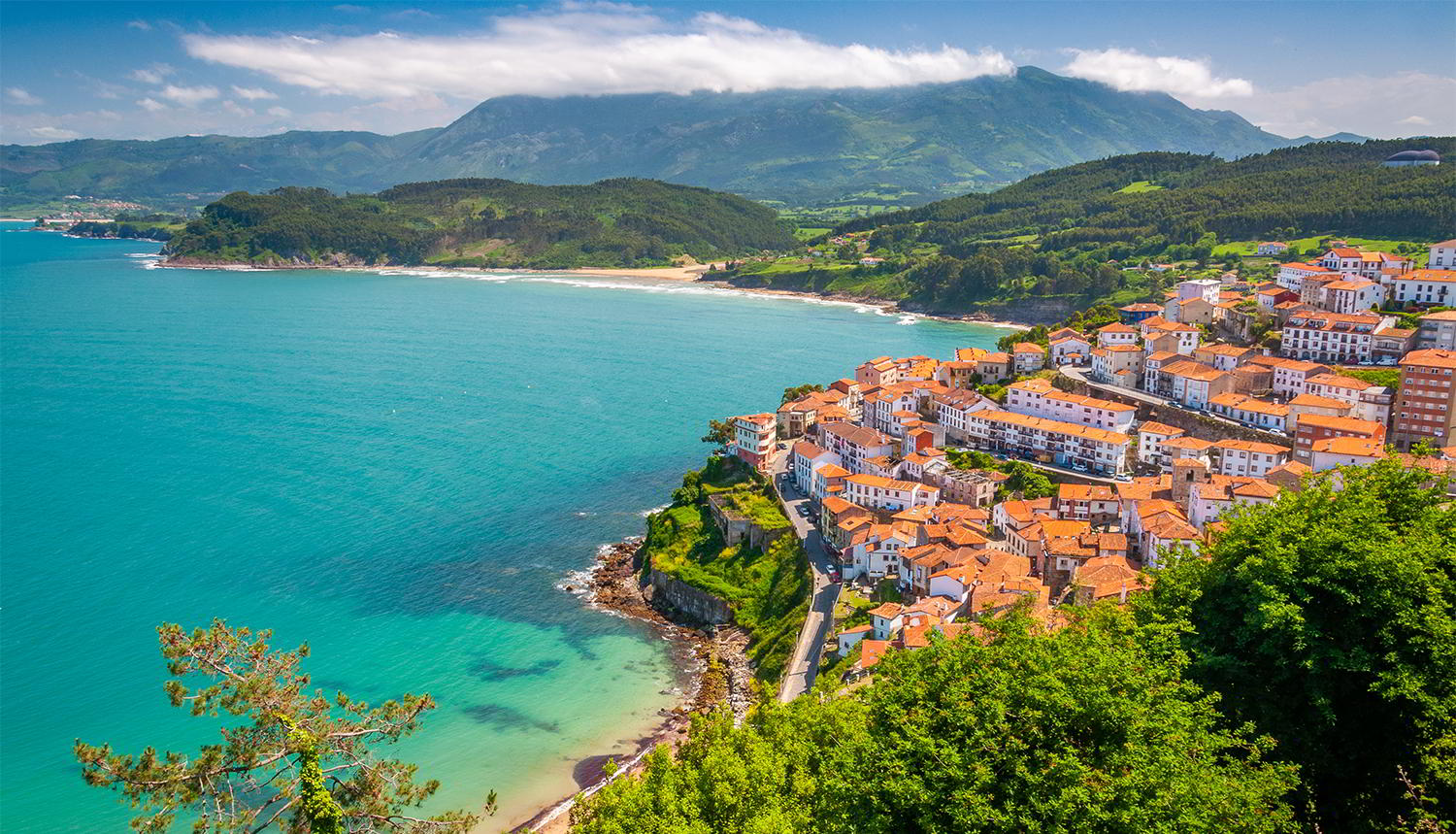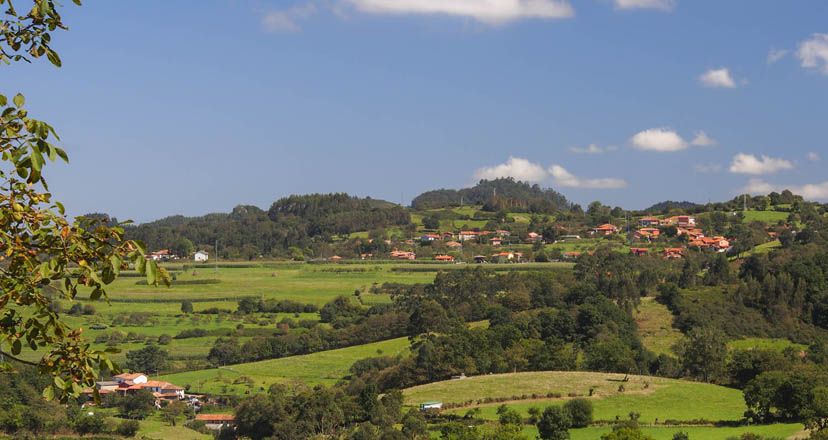Back Route of the Mills of the River Merón
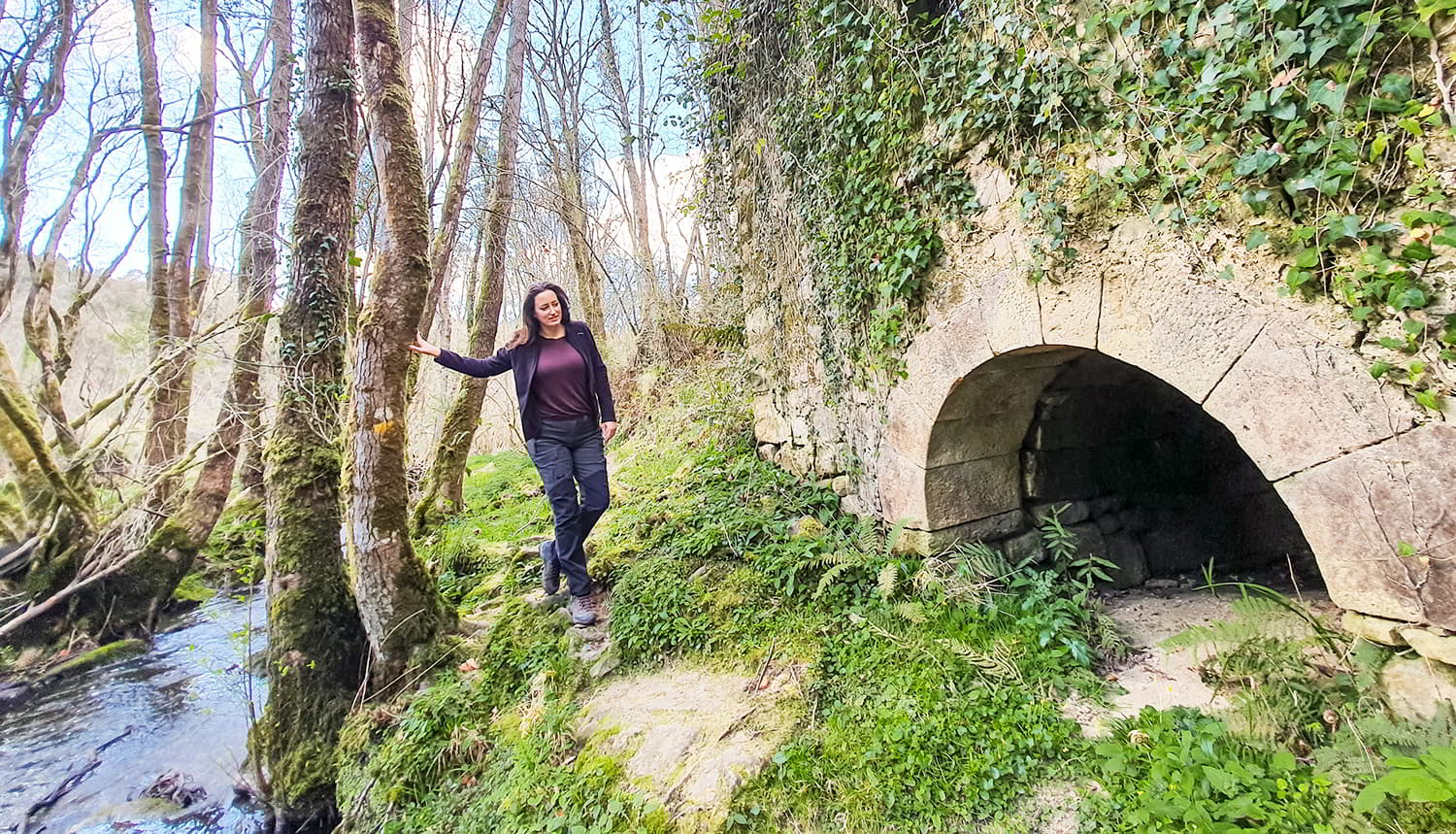
Route of the Mills of the River Merón
The Merón River Mills Route runs through the Maliay parishes of Argüeru and Careñes, and starts or ends on the beach of Merón, taking you to discover 15 flour mills.
In autumn, a time when the riverside forests give us a palette of colours opposite to the green so characteristic of our land, I suggest you take a river path where you will not only enjoy a pleasant walk through nature, but you will also discover a total of 15 flour mills built from the 18th century onwards, in the council of Villaviciosa. This route runs through the Maliay parishes of Argüeru and Careñes, and ends - or starts - at Merón Beach, a significant point on the Asturian Jurassic Coast.
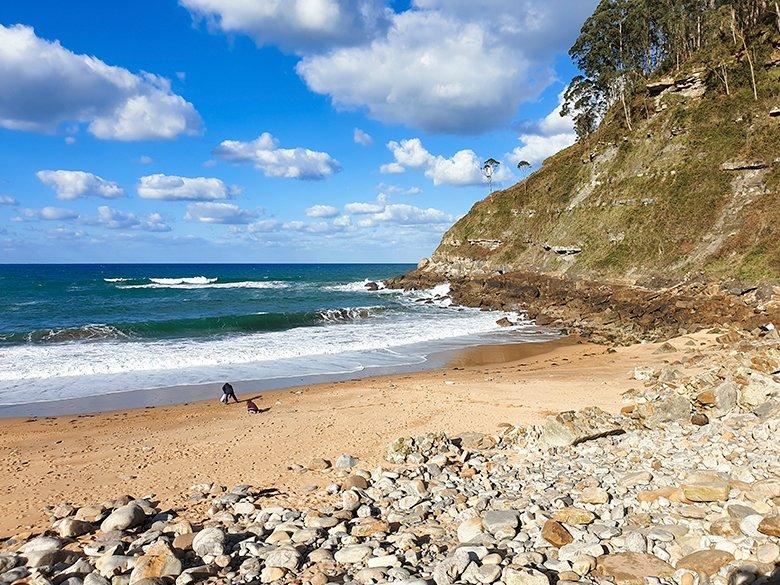
From country walk to extreme challenge
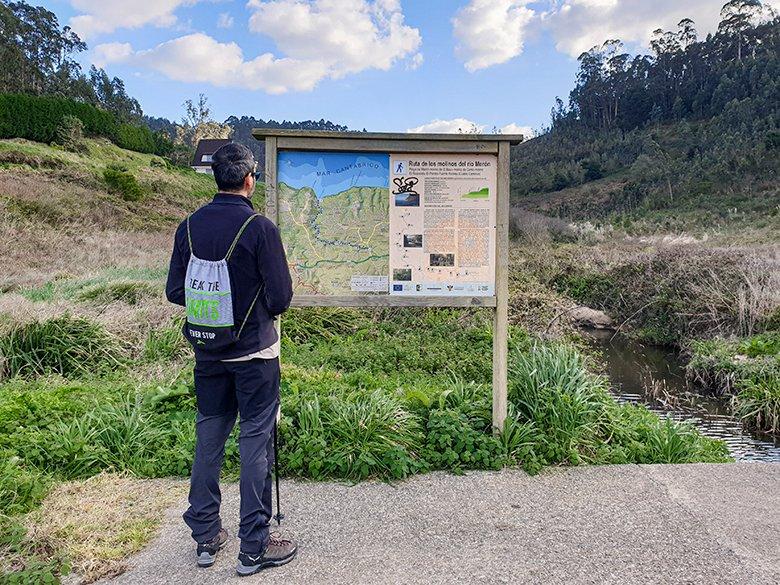
The Ruta de los Molinos del Río Merón follows a rough, practically flat and well signposted path. However, it is not a route suitable for people who do not have good mobility. Along the 8 kilometres of path you will have to wade across the river on many occasions using rocks, logs and all your wits. Obviously it is essential to carry support poles and waterproof footwear, especially when the river rises after the first rains. As the flow of the river Merón increases, the route becomes a real challenge, especially at the beginning of spring, so it is always advisable to be cautious.
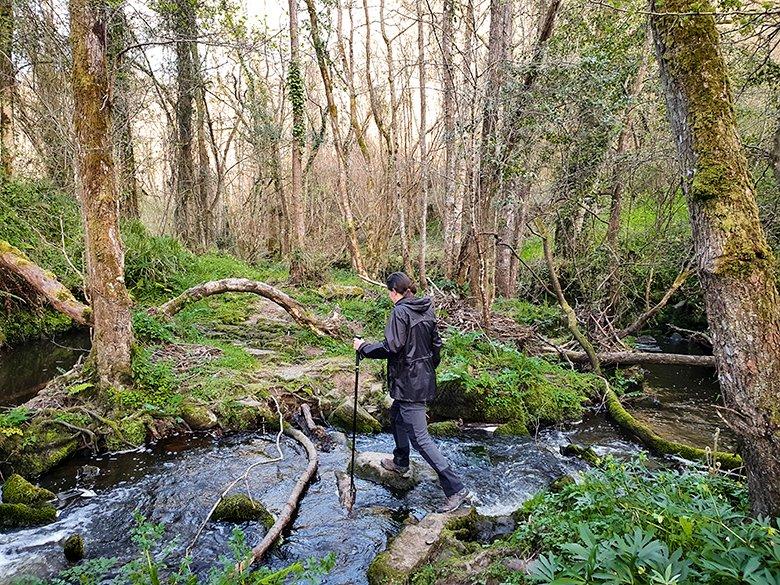
Flour mills are ethnographic elements of great ethnographic value.
Works of art of hydraulic engineering invented by ancient civilisations, being, in fact, one of the first machines created by mankind back in the 3rd century BC. This invention made it possible to grind more grain in less time, thus boosting the cereal market and its uses, not only in our food, but also in the livestock sector.
The construction of a mill was not a simple or economical task. New watercourses had to be created, the water had to be dammed, the building had to be constructed, etc., which is why they were usually owned by the royal or ecclesiastical authorities. They were the only ones who could cope with such a large-scale work. Over the years, wealthy artisans and the bourgeoisie acquired ownership, with the small mills being used as single-family houses, and the larger mills being rented to other neighbours in exchange for a fixed percentage of the cereal milled (maquila).
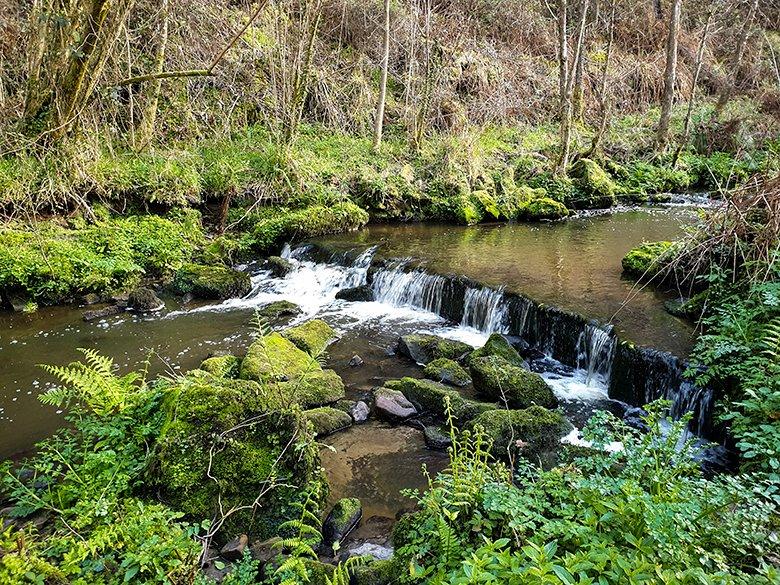
The basin of the river Merón had 15 flour mills, a sign of a large agricultural production in the council of Villaviciosa.
Route of the Mills of the River Merón step by step
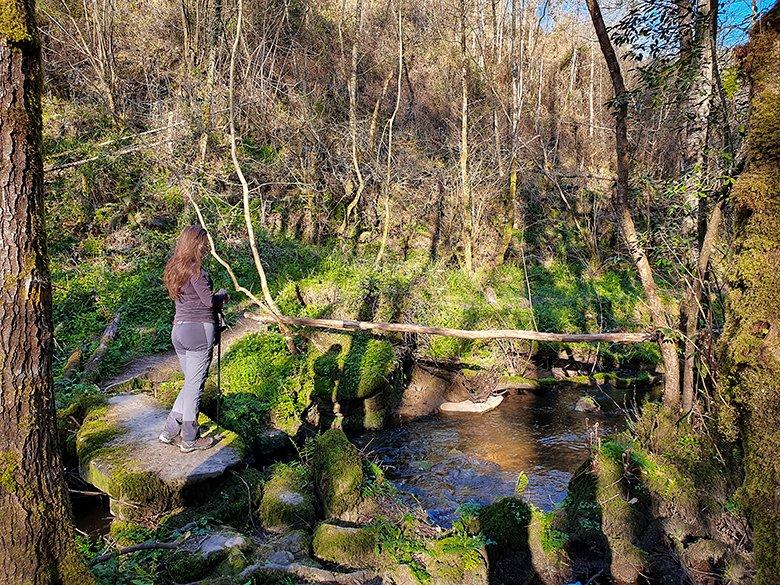
Driving along the AS-256 take the turning to Argüeru (VV-4). After 550 metres you will see a road sign announcing the village of Manzaneu. Just there, on the left-hand side, are the houses of Puente Robléu, the start - or end - of the Ruta de los Molinos del Río Merón. Go along the path and park your car on the small esplanade. Next to the last house there is a small wooden bridge that leads to a meadow. At the end of the meadow, at the opposite end, there is a gate with an electric shepherd that you have to open and close again. After five minutes walking next to the river you will find the ruins of the Molín de Modesto Tanganu.
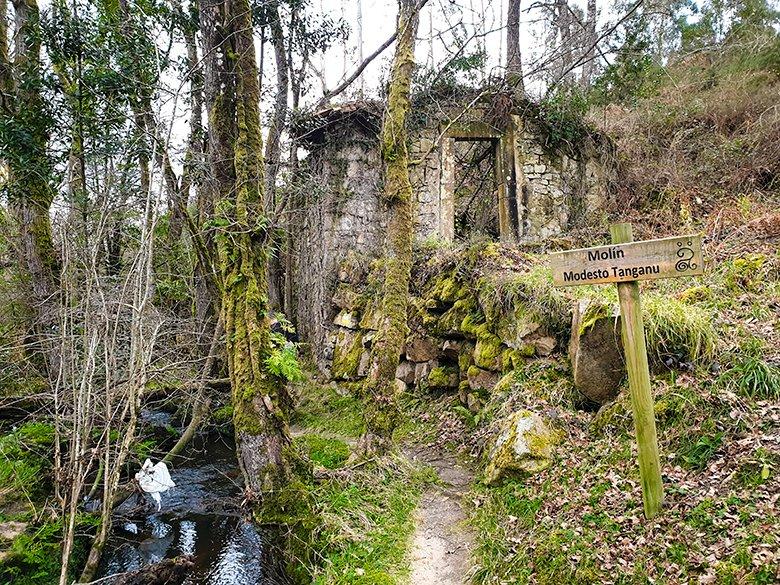
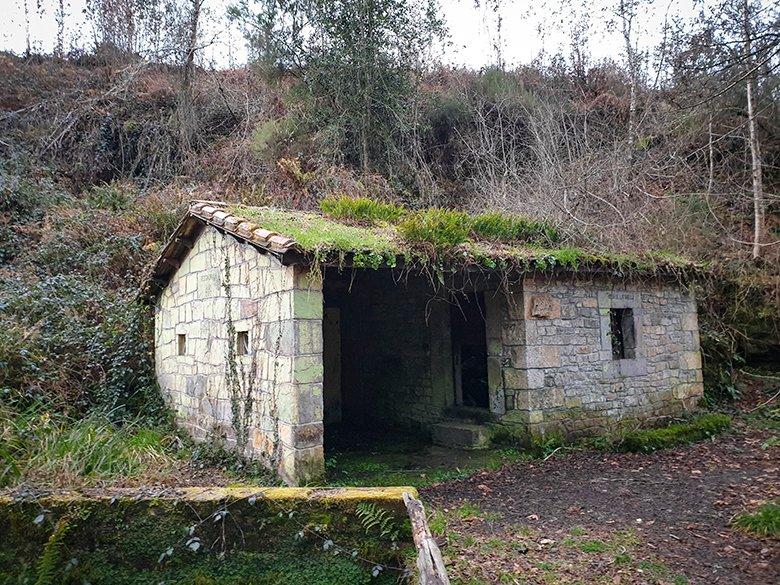
A few minutes later, next to a bridge with a cartwheel, is the Molín de L'Aturiellu. Although it may not look like it from its current state, it was restored in the 20th century and dates back to 1787. A wooden gate indicates the path to follow. It borders the recreational estates until you reach a concrete bridge. There you must follow the course of the river along the path on the left, otherwise you will return to the rural centre.
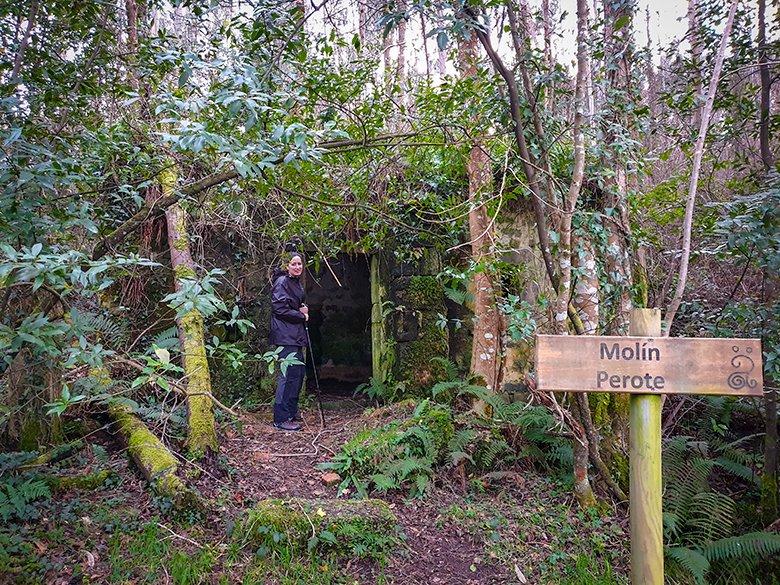
The next building you will come across is the Molín de Perote, one of the most interesting on the route because it preserves the cabría (tongs with which the millstones were lifted).
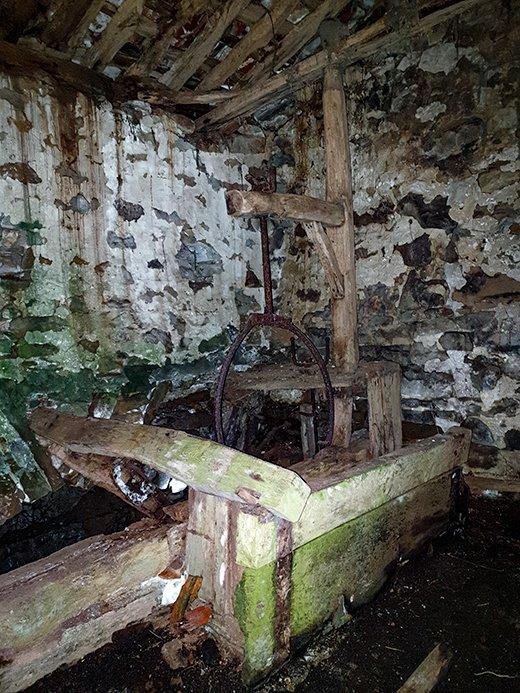
Being in the Cider Shire, an orchard was bound to appear. Remember that these are private properties. Don't stray from the path and much less, don't pick apples. Almost without noticing you will arrive at the small Molín de Requexáu, fantastically restored and with a lot of history, as it was the last one to cease its activity.
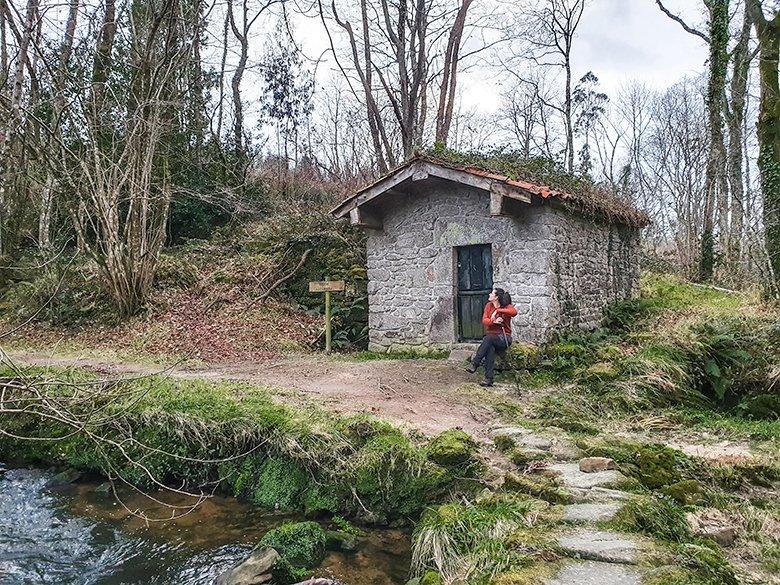
Crossing the flagstone bridge, and more than half a kilometre later, the Molín Campu appears on the opposite bank.
It is followed by the Molín de Ferbeyón, the only one on the route that conserves part of the rodezno in the inferno (the gear used to turn the millstones).

The path, bordered by leafy hazelnut trees, turns slightly away from the bank and widens. Parallel to the river you can see the old canals of the great Molín de Cerilo, the only mill in the basin of the river Merón (it was rented in exchange for grain).
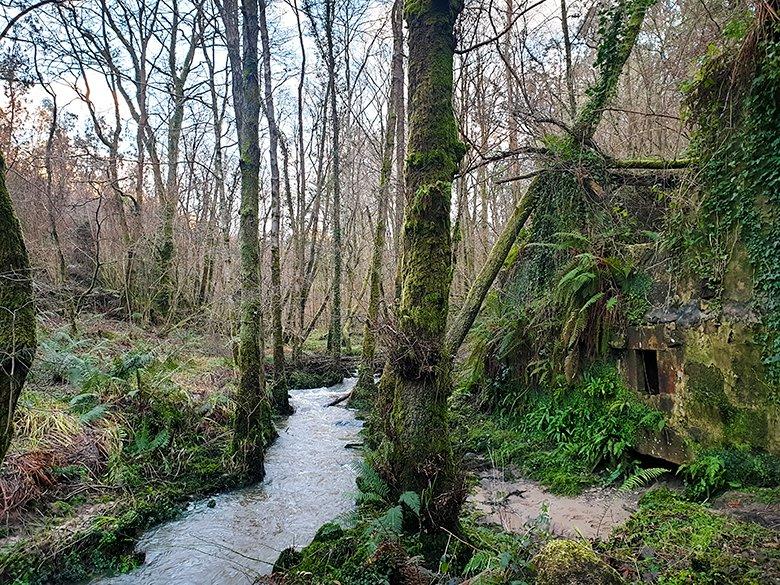
After this, you will come across another oak grove that soon turns into a marshy and shady terrain with a multitude of roots in sight. This is the stretch that requires the most attention to avoid stumbling. Soon you will see the great stone wall of Molín Carbonera, even bigger than the previous one. It was once reached by a flagstone road, now hidden among the ferns of the mountain. Continue along the path without deviating until a track appears on the opposite bank.
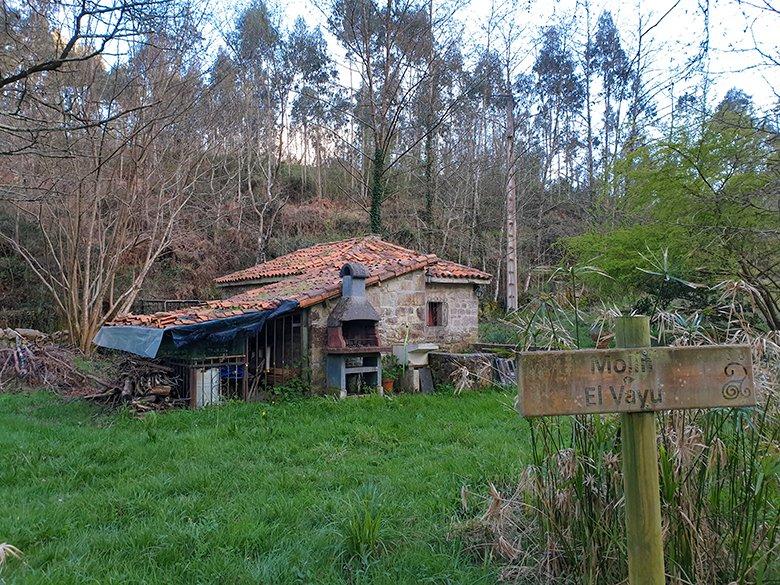
This path connects Argüeru with Careñes, crossing green meadows. In one of them you will find the Molín del Vayu, which has been given a second life using it as a house.
Further on is the Molín de Posada. A carving on the lintel of the door indicates the year of its construction, 1839. It is followed by the ruins of the Molín Nuevu.
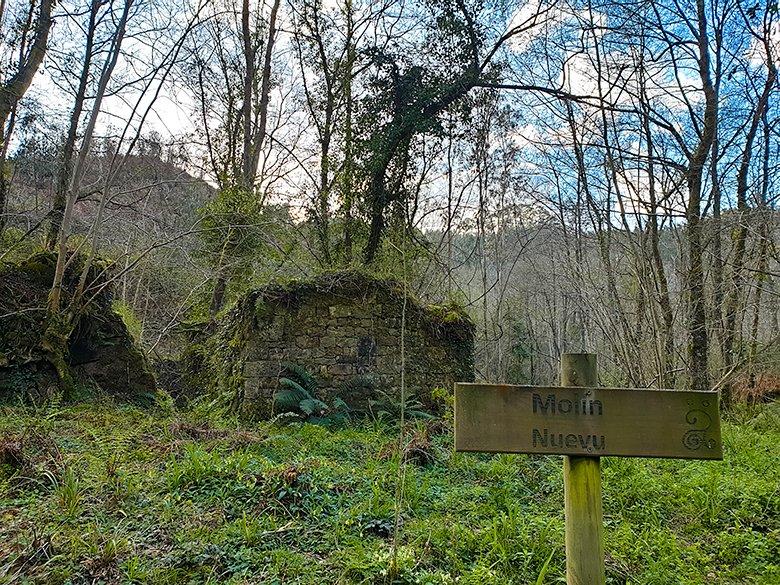
From here the path leads away from the river until it reaches the largest waterfall on the route and next to it, the Molín de La Peña.
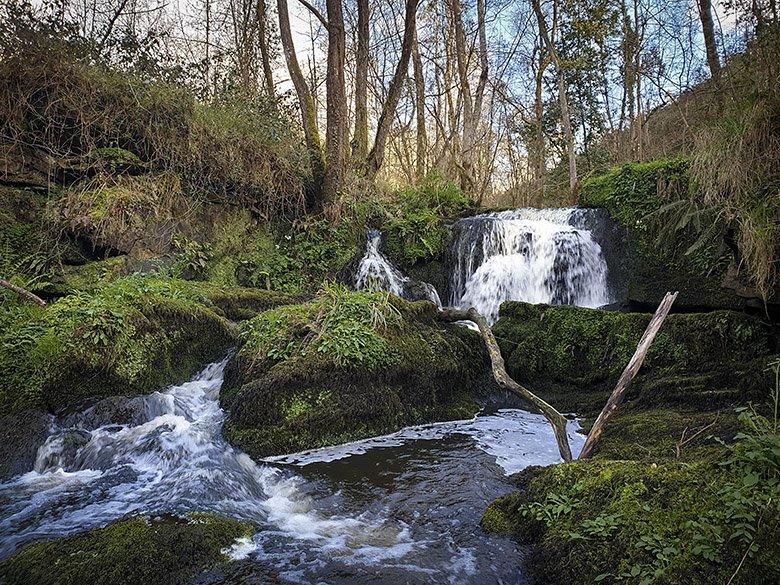
The ruins of the three mills that follow, Hevia, Bastania and Merón, take a long time to appear and, after finding new holiday homes, end up at Merón Beach.
In the footsteps of the dinosaurs at Merón Beach
Before returning you can make a stop along the way to contemplate the dinosaur footprints located on the western slope of the beach. As I mentioned in the introduction, Merón Beach is a highlight of the Asturian Jurassic Coast due to the presence of 20 consecutive ichnites , a very unique palaeontological site.
At this point you can either retrace your steps (16 kilometres round trip) or return to Puente Robléu by road (4 kilometres more). If you choose the latter option, go up the cuestona de Merón, cross the rural village of Abedules and continue along the VV-4 (it has a reddish marked area for pedestrians) until you reach the starting point.
Latest tips
Ifthere is no parking space next to the houses of Puente Robléu or if you prefer to walk down the slope to the beach instead of up it, do the route the other way round! At Merón Beach there is a large capacity dirt esplanade.
Do you use public transport? The intercity bus that connects Gijón and Villaviciosa stops at the Argüeru turnoff. You only have to walk 550 metres to the start of the route at Puente Robléu.
Need to get your strength back? In the neighbouring parishes there are bars and restaurants serving dishes from our Asturian gastronomy, as well as various rural accommodation and recreational areas.
So now you know... Enjoy the walk!
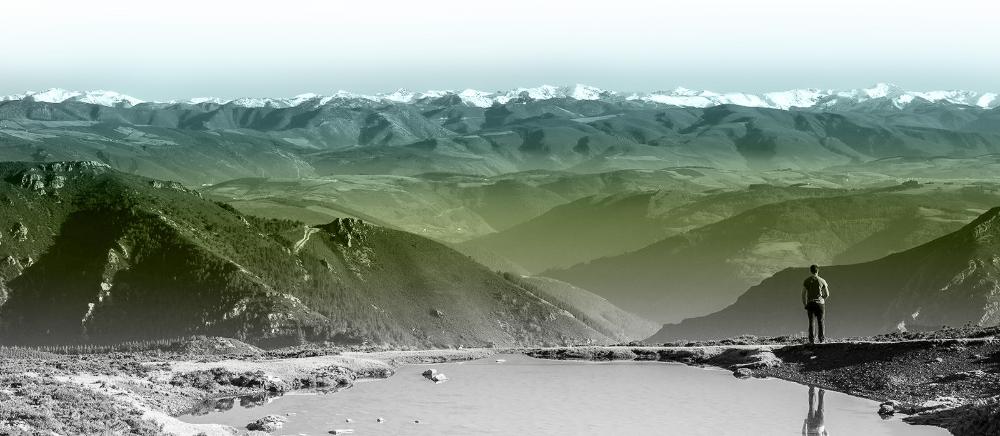
Subscribe to our newsletter and take advantage of offers, discounts, and news
Subscribe

